Building a new home. Trying to decide on hardwood flooring color
User
6 years ago
Featured Answer
Sort by:Oldest
Comments (10)
pink_peony
6 years agoRelated Discussions
What brand prefinished hardwood floors for new build?
Comments (11)There are numerous quality brands. Our #1 brand is Mirage. They make a nice product and have a fair amount of variety. That said, I don't see much in the way of truly bad flooring. In prefinished we carry Harris, Anderson (some recent reports of lower quality), Mannington (ditto), Armstrong/Hartco, Kahrs, Ark, Homerwood, Johnson, Bella Cera, Navarre, Garrison, Hallmark, Triangulo and Columbia. Each has decent offerings. My feeling is that if one can find an ideal floor that's prefinished, it has valid advantages. To be clear, we also do unfinished floors and refinishing....See MoreTrying to decide: Cork vs bamboo vs engineered hardwood
Comments (24)Sophia Wheeler--no, it's not gall. Cancork promoted this as a DIY floor. We checked each step with them along the way. We hired a local general installer because there was not a specialist in the area, and Cancork said that was fine. The subfloor was within specifications. We checked that and, again, OK'd it with Cancork. Cancork told me at the time that they didn't tell me about adding a cork underlayment because "most people don't want to do it because of the expense, so we didn't think you'd want to." As for the peeling, it is not in one of the birdbath areas. The peeling is starting from a few very small spots (like 1x2 cm) in one area of the floor. The floor was prepped properly--exactly as per specifications by Cancork before applying the poly, and they specifically said only to vacuum carefully and then run a damp microfiber over it (no cleaning product) before applying the poly. They warned me against scratching the floor or abrading it before applying the poly. In fact, we had to prep it in sock feet to keep any abrasion from happening at all. I understand that things happen, but within 6 months, when we did everything as per Cancork's instructions and now they tell me that we didn't do it properly--that is truly gall....See MoreTrying to pick hardwood floor colors
Comments (1)These are the sample boards that we're using to pick our colors...See MoreHardwood and kitchen counters trying to decide for months!!!
Comments (28)What about quartz that mimics marble? My favorites are: Silestone Eternal Calacatta Gold, Cambria Britannica, ceasarstone Calacatta Nuvo, and for a very subtle look, Silestone Statuario. Have you looked at those? They all go so beautifully with light white oak floors. I’ve seen the eternal Calacatta Gold and Cambria Britannica installed as counters and up the backsplash - very nice....See MoreUser
6 years agoUser
6 years agoManon Floreat
6 years agoUser
6 years agoUnique Wood Floors
6 years agoSammy
6 years ago
Related Stories
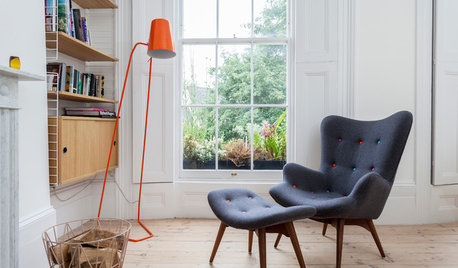
FLOORS10 Ways to Make the Most of Your Home’s Original Floors
Save yourself the cost of replacing your old floorboards with these tips for a new finish
Full Story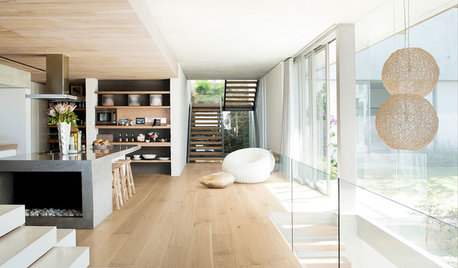
MATERIALS5 Sustainable Flooring Materials to Consider for Your Home
If you’re seeking style, durability and sustainability, these materials are worth a look
Full Story
GREEN BUILDINGBuilding Green: How Your Home Ties Into Its Community
You can reduce your environmental footprint in a number of ways. Here are some ideas to consider when deciding where to live
Full Story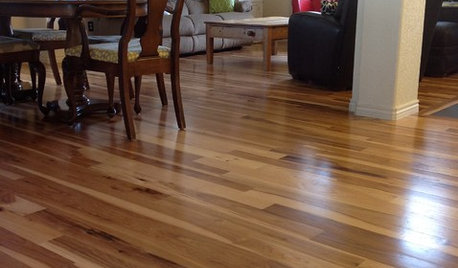
MATERIALSWhat to Ask Before Choosing a Hardwood Floor
We give you the details on cost, installation, wood varieties and more to help you pick the right hardwood flooring
Full Story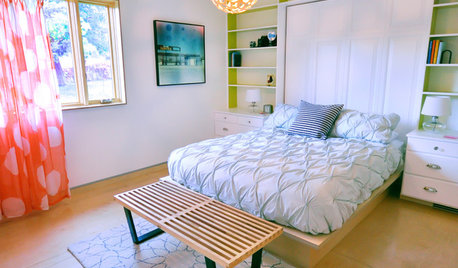
WOODTry DIY Plywood Flooring for High Gloss, Low Cost
Yup, you heard right. Laid down and shined up, plywood can run with the big flooring boys at an affordable price
Full Story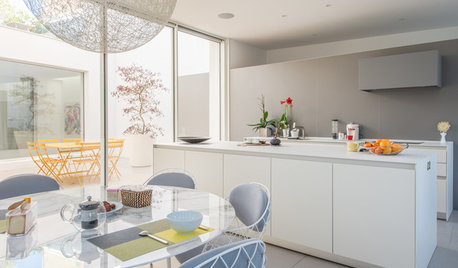
HOMES AROUND THE WORLDMy Houzz: When an Architect Builds Her Dream Home
This architect wasn’t afraid to make bold design choices, such as an upper-story central courtyard and a rooftop pool
Full Story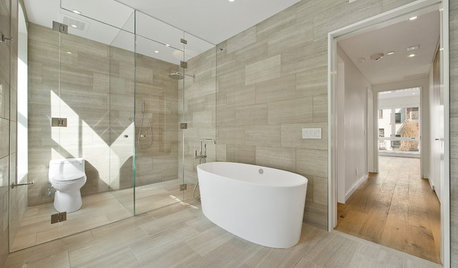
REMODELING GUIDESTransition Time: How to Connect Tile and Hardwood Floors
Plan ahead to prevent unsightly or unsafe transitions between floor surfaces. Here's what you need to know
Full Story
LATEST NEWS FOR PROFESSIONALSWisconsin Flooring Firm Builds a Local Legacy of Giving Back
Floor360 has made its makeovers for nonprofit groups central to its work and the local design community
Full Story0
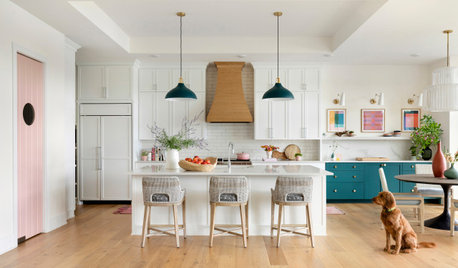
HOUSEKEEPINGHow to Clean Hardwood Floors
Gleaming wood floors are a thing of beauty. Find out how to keep them that way
Full Story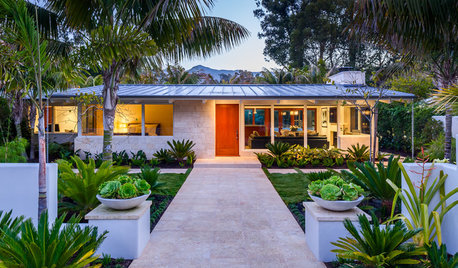
REMODELING GUIDESSo You Want to Build: 7 Steps to Creating a New Home
Get the house you envision — and even enjoy the process — by following this architect's guide to building a new home
Full Story


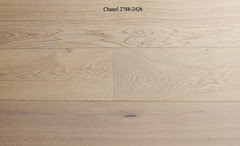
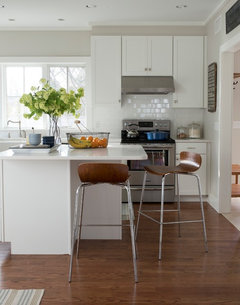



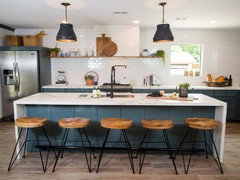

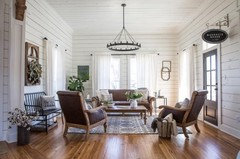

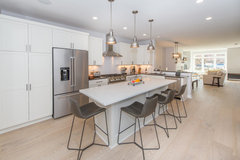
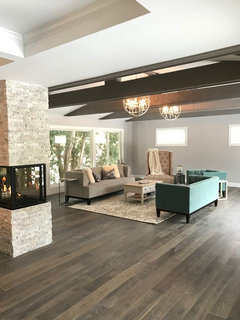

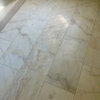

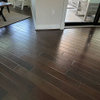
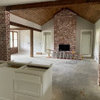
Bri Bosh